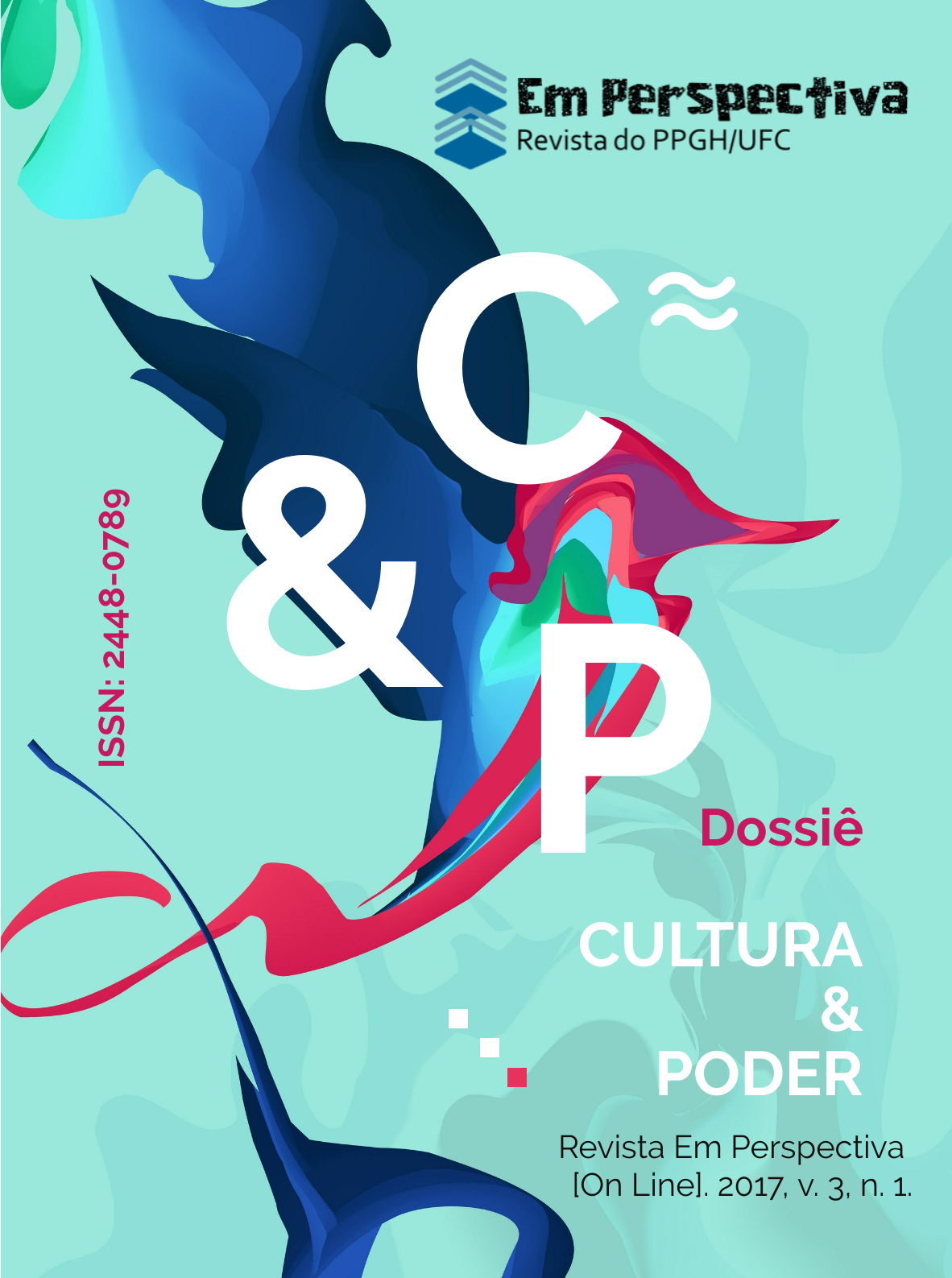Press, anti-communism and faith
destruction of the Cauldron of Santa Cruz do Deserto in representations of the Brazilian press (1936-1937)
Keywords:
Press, Communism, CauldronAbstract
In the municipality of Crato, state of Ceará, it was formed under the leadership of a poor black beato, a pilgrim, like so many others from the northeastern backwood, called José Lourenço, a community called "Santa Cruz do Deserto", known as "Caldeirão do beato José Lourenço". Having as main characteristics the work and the faith, it awoke in the Church and local elite the distrust that a communist community was organized there. Afraid that it would become a new
"Canudos" they are allied themselves with the state government to promote a defamatory, prejudiced, campaign dedicated to destroying the community and your leader. This article intends to analyze, therefore, how such discourses were disseminated through the press of the country. Given the considerable amount of newspapers that addressed the theme at the time, we try to bring only a sample of what was formulated in two distinct moments: the invasion of the community and the dispersion of the inhabitants of the lieutenant Jose Góis de Campos Barros in 1936 and the confrontation with the remnants that were sheltered in the Araripe mountain range, headed by Captain José Bezerra, resulting in his death, of his son and five more soldiers, the beato Severino Tavares and dozens of peasants in 1937.


1.png)

.png)
2.png)
.png)


.png)


.png)
1.png)
2.png)
